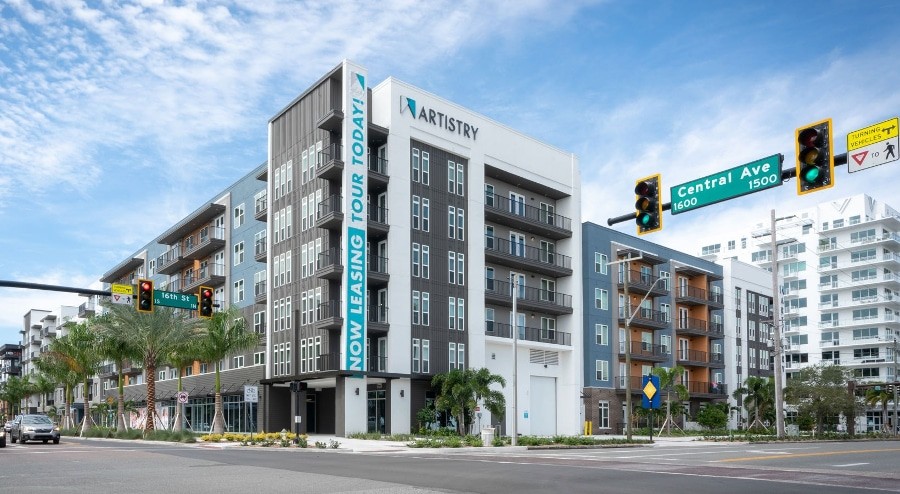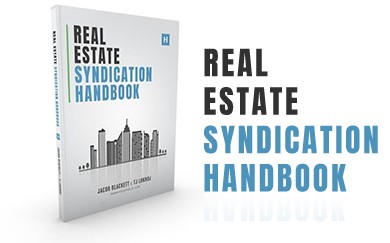Most times when the question of how much an apartment complex costs comes up, the first thought that comes to mind is the monetary cost; how much does it cost to buy, build, rent or lease one.
The other side to the story is the ongoing costs of maintenance, repairs, rehabbing, and countless other expenses tied into the asset. Getting into the real estate business as an investor or a developer can be a lucrative venture, though it carries significant risk and extensive upfront and ongoing cash injections.
Even the cost to build an apartment is not a straightforward question. It involves many factors and questions that have to be considered, which we’re going to explore in this article. We’ll also look at how you can tap into the profitability of an apartment complex without the ludicrous upfront expenses in a way that’s more palatable to individual investors.
Table of Contents
Apartment Complex vs Apartment Building
According to the Collins dictionary, an apartment complex is a group of buildings that contains apartments and is managed by a company. Apartment complexes are set up with property managers who ensure the proper running of the apartments.
Apartment buildings, on the other hand, refer to a single building with apartment units. They are independent buildings, rather than multiple structures under common management comprising shared facilities such as a swimming pool, gym, or convenience store.
Types of Apartment Complex
Despite apartment complexes containing several units of housing alongside other facilities, they are generally categorized into high, mid, and low rise.
High Rise
Just as the name depicts, high-rise apartment complexes are characterized by up to 50 floors of apartment units. These high-rise buildings often contain luxury units like penthouses and condos.
Due to their structure, they are located in larger and more urban cities like New York, Los Angeles, and Chicago.
Mid-Rise
These are apartment complexes with about 5-20 floors. Mid-rise buildings are usually the most common complexes, present in cities, suburbs, and even in schools.
Low Rise
Predominately residential with floors ranging from 2 to 15 apartment units. They are common in suburbs and less populated towns.
Apartment Construction Costs Breakdown
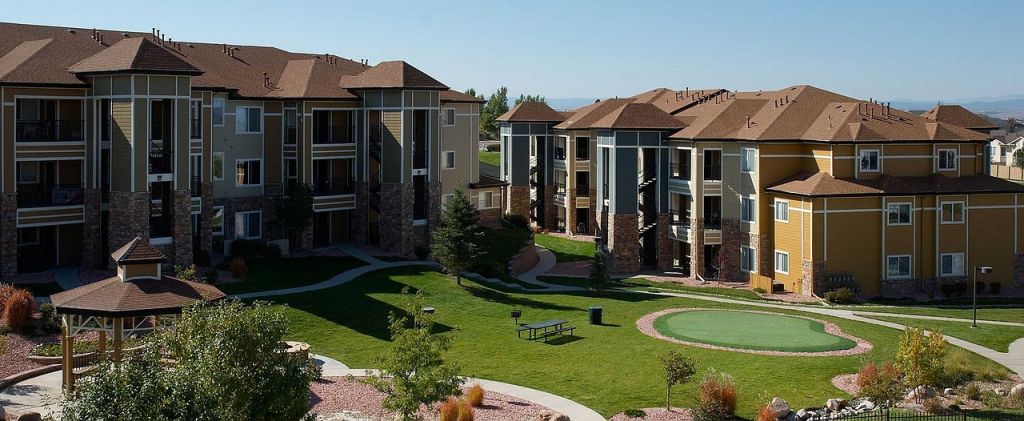
It has previously been mentioned that the costs of an apartment complex go beyond the money. The costs involved in building a multifamily apartment complex are divided into different aspects.
Hard Costs
These are expenses that go into the physical aspect of apartment construction. This aspect of the cost accounts for materials, labor, equipment, utilities, and other physical activities that are involved in the construction process. The hard costs usually make up more than 60% of the entire construction budget.
Soft Costs
These expenses are responsible for taking care of the technical and non-mechanical aspects of apartment building construction. They involve things like taxes, permits, legal fees, architectural fees and development fees, and other service charges.
Finance Costs
In some instances, real estate developers do not have all the funds required for apartment complex construction. When this happens, they are provided with the option of seeking investments or loans from financial organizations. These investments come with interests and financing charges, all of which are added to the total cost of construction.
Long Term Costs
This aspect of the budget is as important as the apartment construction cost. Although it is not part of the construction cost, it includes the expenses that are needed to maintain the building systems and utilities.
Altogether, in the breakdown of the development budget that includes the land purchase. Hard costs make up about 40% of the entire project costs; soft costs about 25% and 20% for land costs, and in instances where investors are involved the remaining 15% to equity returns.
Investment Cost
Of course, if you want to make money from a multifamily housing or apartment complex investment, you don’t need to be positioned to sign up to a multiple-million dollar debt, or ongoing risky cash injections. With Holdfolio, you can own equity in a highly-profitable apartment complex, receiving regular dividends and capital appreciation with as little as $20k in the bank.
Simply create an account, select the apartment building you want to invest in, and deposit your money to start passively investing in multifamily today. Get in touch with Holdfolio to learn how to get started.
What is the Construction Cost of an Apartment Building?
In the United States real estate and construction industry, the construction cost of building an apartment complex is calculated per square foot. This construction cost does not include many things, and should not be mistaken for total building costs.
Due to variations in the price of building materials and other charges like sales tax, construction costs vary by location. They also vary based on the type of apartment; for example, the construction cost of a high-rise complex is considerably ‘higher’ than that of a mid-rise building.
Similarly, the construction costs of a luxury apartment building are more than that of a regular apartment. Typically, in the United States, a mid-class apartment complex with 4 to 5 stories costs about $170 to $300 per square foot and varies greatly in total costs between about $5 million – $14 million. This is quite small in comparison to prices as high as $120 million for a luxury high-rise apartment complex containing up to 100 apartment units.
Costs of Apartment Complexes by Type
As previously mentioned, there are three types of apartment complexes; which are different in the number of floors they have, and how high they ‘tower’. The higher a building is, the more complex the construction of the same building becomes.
Complexity in building an apartment equals more money per square foot. Building high-rise real estate involves more equipment, expertise, precision, and higher quality materials, all of which are considered in the cost estimates.
High rise
We will start with the big guns, the towers, the skyscrapers, the 25 to 50-story apartments, or as we generally call them, the high-rise apartment buildings. The price to build one of these ranges from $235 to about $500 per square foot. These types of complexes are subject to zoning laws that dictate exactly how high they can be.
Also, developers make up for the presence of non-residential spaces such as corridors, gyms, laundry rooms, lobbies, and apartment managers’ offices by increasing the price per unit cost..
Mid Rise apartments
Mid-rise apartments are more common and the average building costs are slightly lower than the high-rise buildings, at prices ranging from $190 to $280 per square foot.
Low-Rise apartments
The construction costs required to build a low-rise apartment are not far off from the costs of a mid-rise building. Lower but fairly the same, with prices ranging from $160 to $250 per square foot.
How Much Does an Apartment Cost Per Unit?
Another way to look at construction costs is to estimate how much an apartment complex costs per unit to be built. This better fits the needs of some investors or real estate companies rather than the per square foot billing.
As of 2020, building a multi-family apartment complex would cost prices ranging from $64,000 to about $86,000 per unit. The flaw that arises with this technique of estimation is that in some apartment complexes there are different unit types.
For example, you can have a combination of studio, one-bedroom, and two-bedroom apartments, all of which may not be the same size. Therefore, it can present a serious miscalculation in the budget and financing costs of the apartment complex.
What Affects the Cost of Building an Apartment Complex?
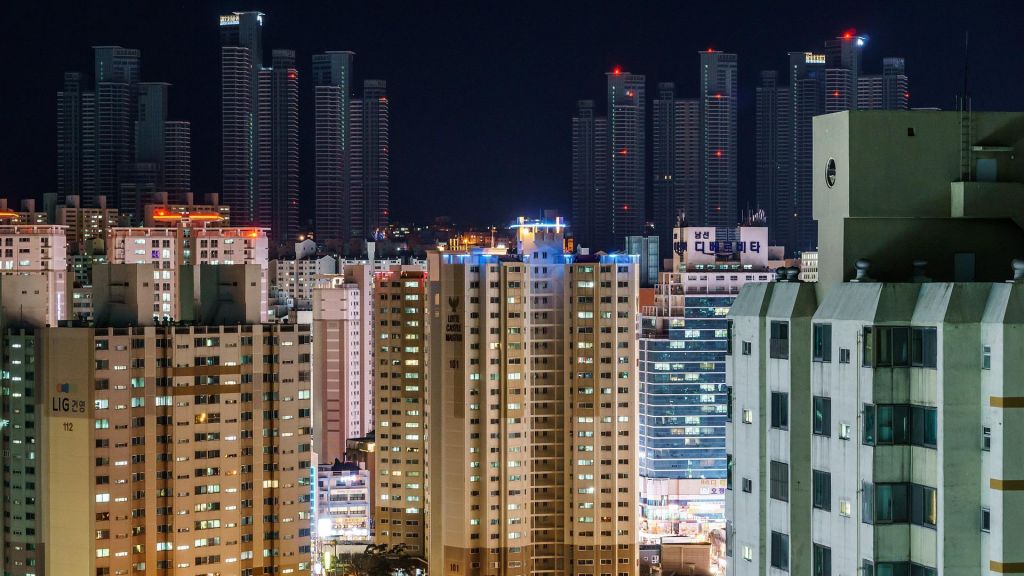
Now that you have a fair understanding of what an apartment building might cost you, it is also important to note the factors that influence the variability of these costs.
Interestingly, these factors relate to one another, meaning that one factor can influence another, and they do not only affect the cost of construction but also that of maintenance and the returns from the investment (how much and how often rent is paid).
Location and Land Costs
Location is arguably the most important factor affecting project costs. Just as with anything else, location determines the value of the real estate. For example, eating at a middle-tier restaurant in Upper Manhattan or New York would be more expensive than even a 5-star restaurant in parts of Ohio or Delaware.
The same thing applies to the real estate and construction industries. Location affects land purchases, which usually make up about 10-20% of the proposed budget for the project.
Areas with high demand and reputation would have land scarcer and be more expensive, both of which translate to higher rent prices. There would also be opportunities for rentals, a great means of real estate income.
Compliance and Development Fees
Compliance and development fees could quickly whisk away most of the building budget. The amounts to be spent on these depend strongly on the proposed location of the apartment complex. Location in terms of local, state, and federal laws and regulations guiding multifamily housing and real estate construction in general.
These laws have provisions for charges, dues, and taxes to be paid by a developer before, during, and after construction. Getting building permits falls under this category and again, getting this is dependent on the location and type of building to be built.
Building permits are easier to get in developing areas of the country, where commercial real estate is needed. While for already densely populated regions where land isn’t readily available, and the purchase and demolition of buildings have to take place to create space for construction, getting approval to build in such areas might be strenuous.
Affordability
Another important factor that determines the total cost of a project is the type of units to be built in that apartment complex. Are there going to be affordable units or high-end luxurious apartments, or maybe both?
Although the building costs per square foot of any of them are relatively similar, how much you spend on a luxury apartment largely depends on how luxurious you need it to be. This is why the costs for site improvements have to be included in the initial budget. As much as many real estate developers would like to build an apartment complex with only luxury apartments, many states have inclusionary zoning laws.
What Are Inclusionary Zoning Laws?
These laws regulate housing costs and provide affordable housing to those who cannot afford a regular apartment. Different states have different zoning laws that state the number of affordable housing units to be included in an apartment complex.
While the rent of these affordable apartment units does not correlate with construction costs, the government offers incentives such as tax breaks and subsidies to developers.
During the planning stages of construction, it is important for every developer to do the necessary research regarding the zoning laws of the state and city, where they intend to construct their apartment building, and how these laws would affect their investment and eventual returns.
Construction Materials and Labor
In a way, the type of material you use in construction is dependent on the type of units you want to build. This falls under the hard costs and it includes expenses for construction materials such as steel, concrete pipes, and so many others.
The tricky part about these materials is the high tendency for fluctuation in price, which can be a burden if adequate preparations are not made. Therefore, it is advisable to make provisions in the budget and give room for eventual price increases, considering inflation and all that is going on with the supply chain.
Labor costs include the fees for hiring any personnel involved in the construction project, including structural engineers, architects, contractors and subcontractors, and others.
Expected Occupancy
This is dependent on the type of apartments in the complex. How many affordable units are therein? How many studio units, 3- bedroom, 2-bedroom, or even penthouse apartments are to be built?
All of these are important to note because they would determine what the rent and income from the apartment would be and ultimately affect equity and the financing costs of the building.
Who is Involved in Building an Apartment Complex
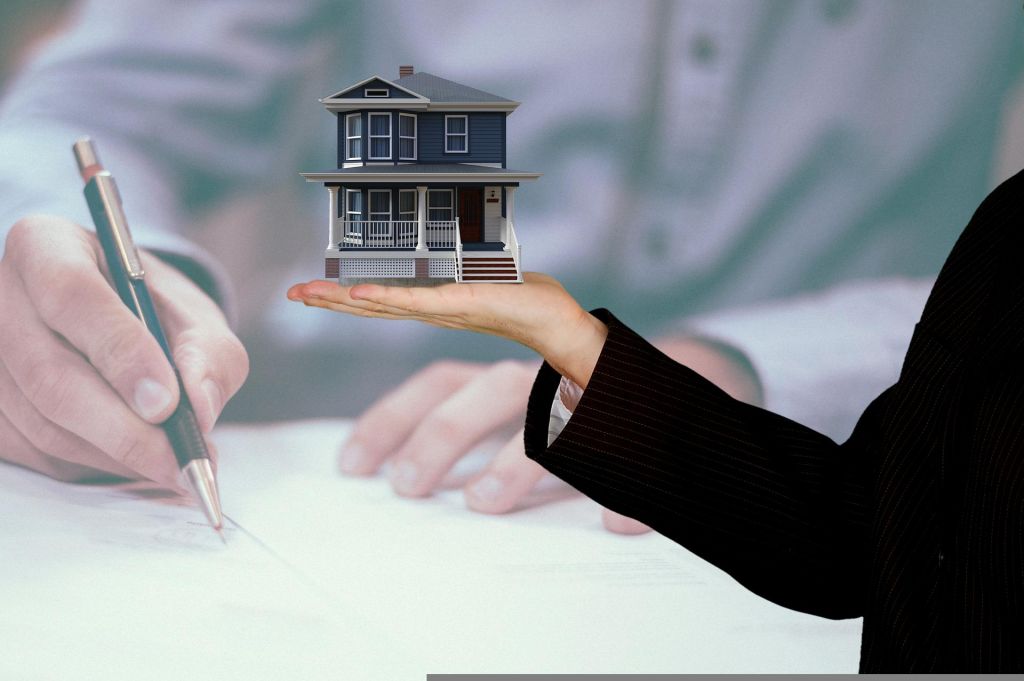
Getting an apartment complex to translate from an idea to the actual building involves an elaborate amount of processes. However, amid these events, it is important to take note of the people who make them happen.
Architect
The architect has the first major responsibility in apartment building construction. Their job is to design and draw plans for the proposed building. They even go as far as creating small models of the building.
During this stage, the architect might be required to make adjustments to the model or the design of the building until the final plan is agreed upon.
This building plan is created to give the contractor a picture of what the developers have in mind, and because most architecture firms want their design to be executed properly, they have contractors that they recommend to the developers.
Usually, the architect acts as the project manager alongside the general contractor.
Contractors
We have two types of contractors based on their level of responsibility. The first type is the general contractor – the architect and the developer employ the general contractor, who is responsible for hiring and finding all the other subcontractors. They also handle and supervise the entire project.
The general contractor is in charge of technicalities such as permits and compliance. It is important to carefully select a competent general contractor because they are in charge of everything and the success of the project depends largely on them. General contractor fees can be as high as 10% – 20% of the entire project cost.
The subcontractors, on the other hand, are responsible for the different aspects of building an apartment complex, according to their specialty. From the carpenters to the engineers, masons, and others.
Contractor fees differ from state to state because of differences in real estate sales tax laws in respective states.
Real Estate Attorneys
Apartment complex costs run into millions of dollars, and investments such as these require formal and legal backing. Legal processes such as acquiring necessary permits, understanding zoning laws, and land acquisition documentation usually require the services and input of a legal officer.
Accountant
The amount of cash flow and exchanges that occur during apartment building construction is a lot, and all of these funds have to be accounted for during and after the completion of the project.
Also, things such as payroll and disbursement of funds are the responsibilities of an accountant.
Apartment Complex Cost Calculator
Some resources are available to support people in estimating project costs. Whether it is per unit cost or per square foot cost, or even the total cost of an apartment complex.
These resources make use of algorithms that consider market costs of materials, the state and national average land price, the average contractor fees, architectural fees, and other construction costs; essentially all the factors listed above, and run the maths to give you an estimate.
Conclusion
Finding out the cost of an apartment building complex might seem like an arduous task, but proper preparation takes away all the worries. As a developer or an investor looking to get into this space, it is important to make adequate consultations and ask all the necessary questions to get clarity on whatever you need to know.
Building an apartment complex as an investment project requires a significant amount of capital, and that money should be put to efficient and good use. If you’re an investor who is syndicating the deal or undertaking the project alone, it also entails a high level of risk. It’s wise to ensure you have the skills, experience, and ability to do the project justice with due diligence before you more forward with the venture.
If you’re interested in investing in profitable multifamily real estate found in prime location without the risk, high capital investment, and managerial responsibilities, become a passive partner with Holdfolio today. Through your investment, you will receive quarterly dividends and capital appreciation without having to life a finger. Plus, you can invest with as little as $20k in the bank. Give Holdfolio a call today to learn how to get started.
 Back to Blog
Back to Blog



